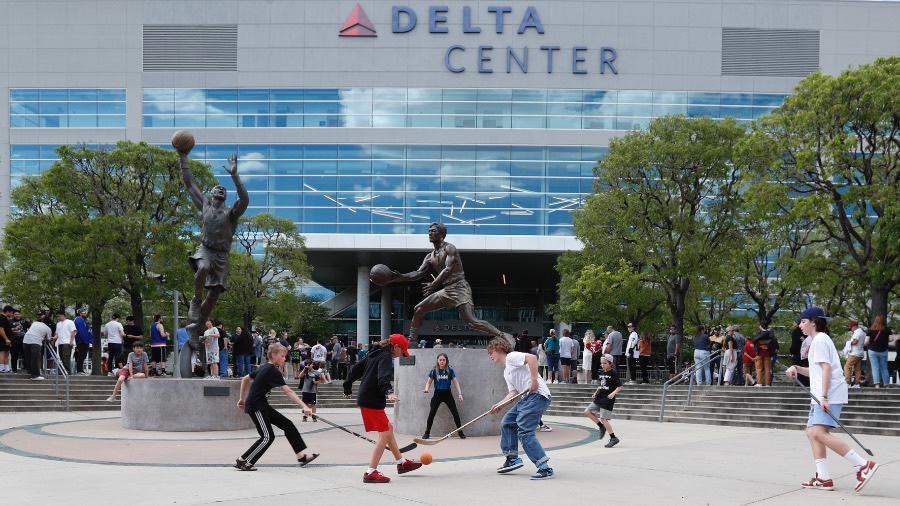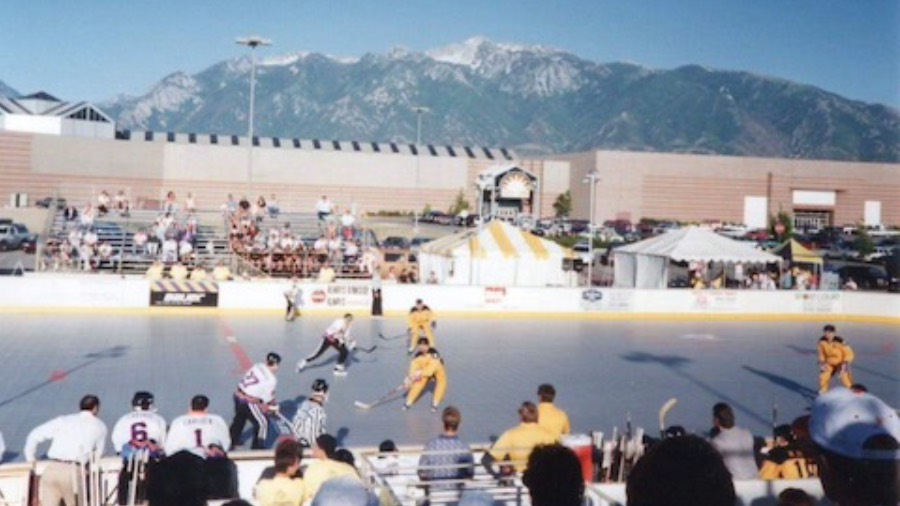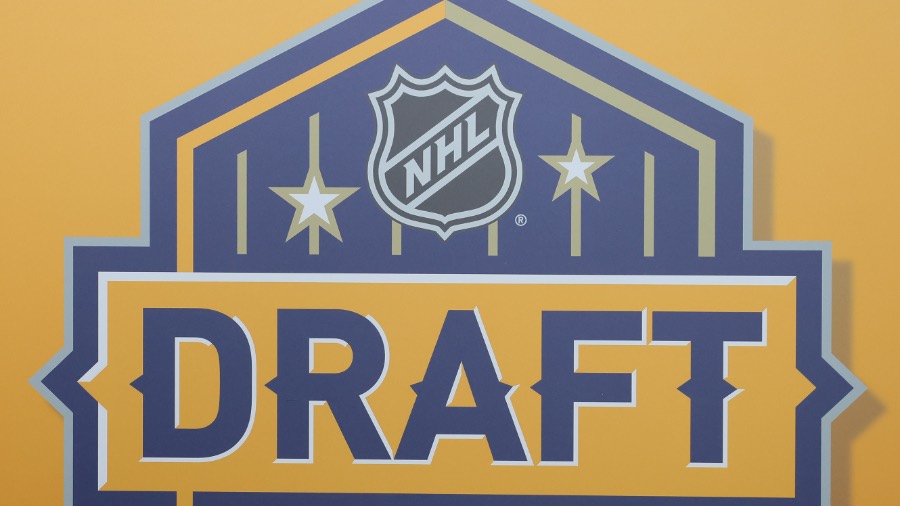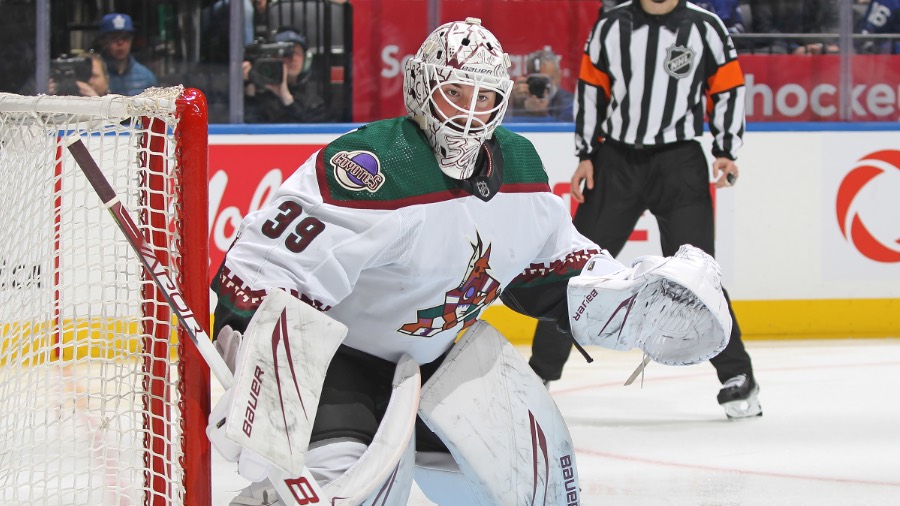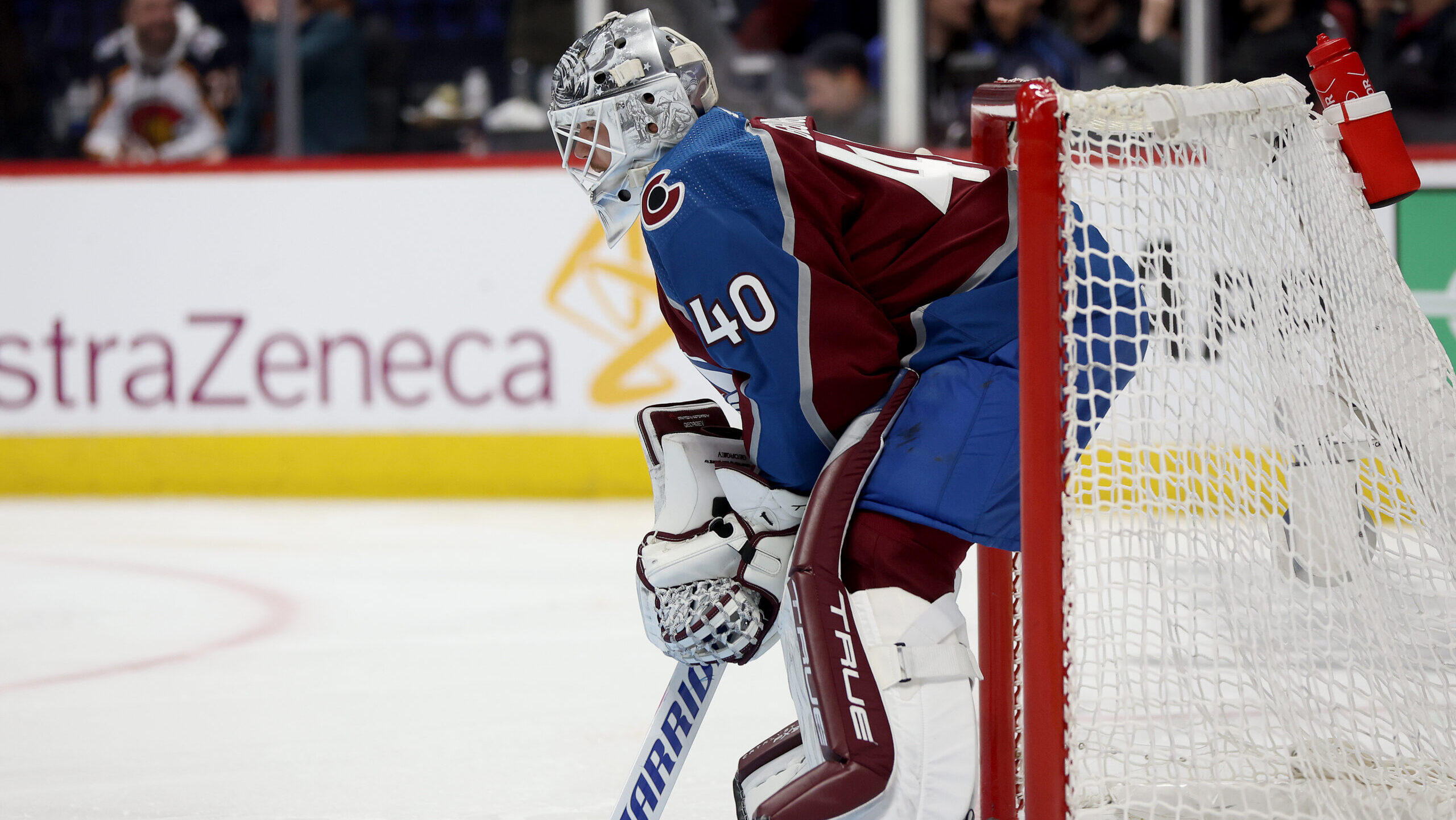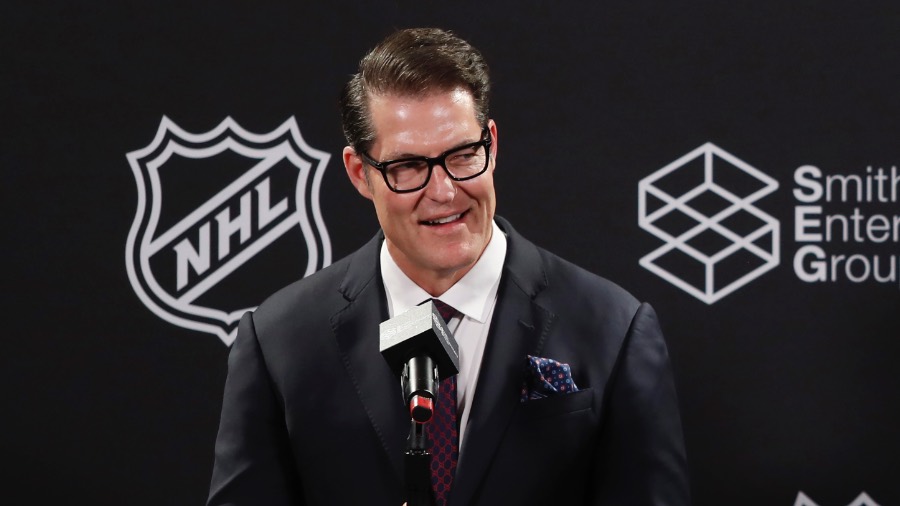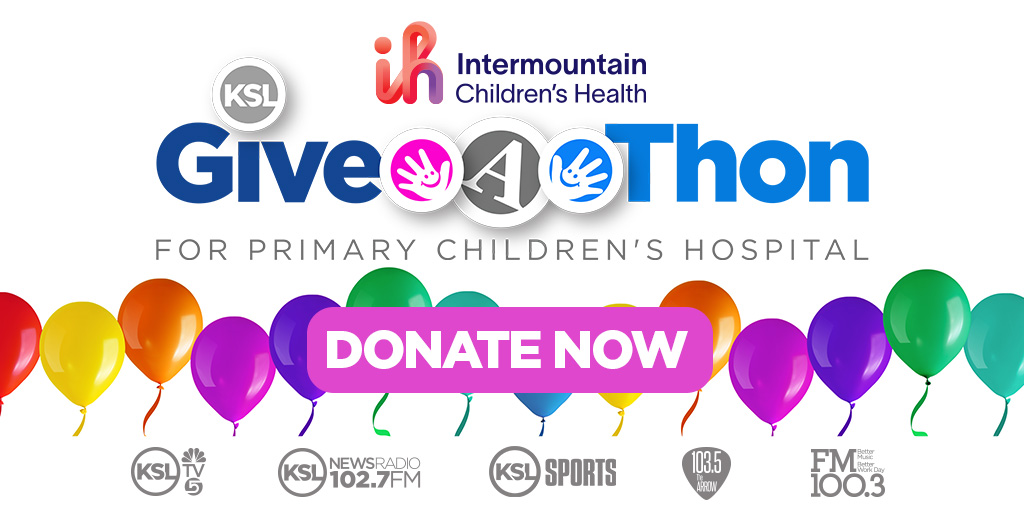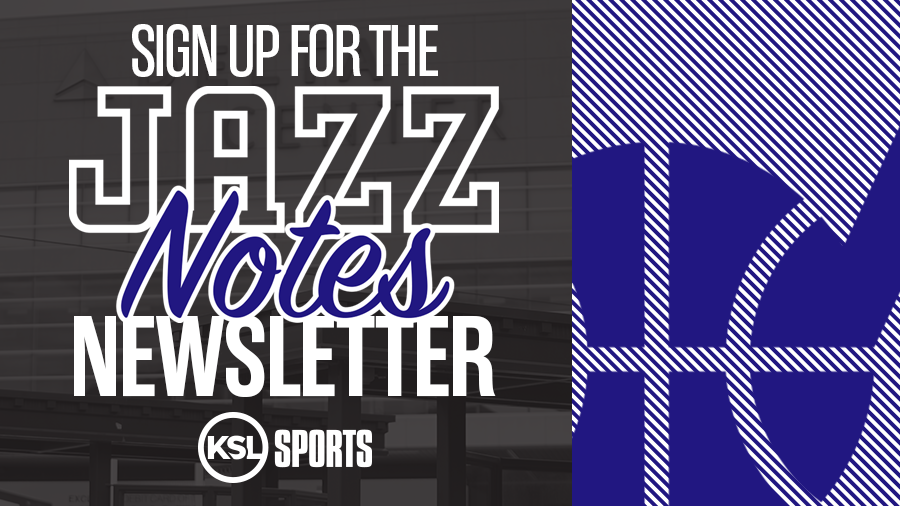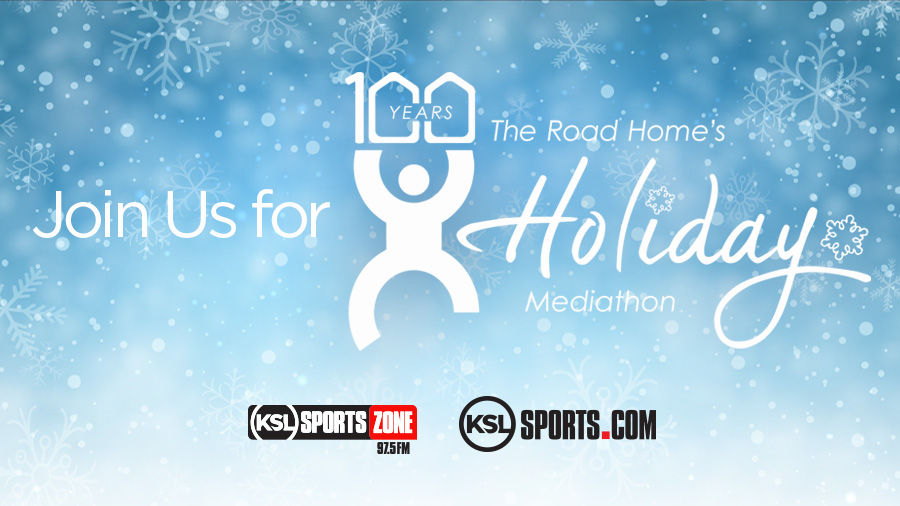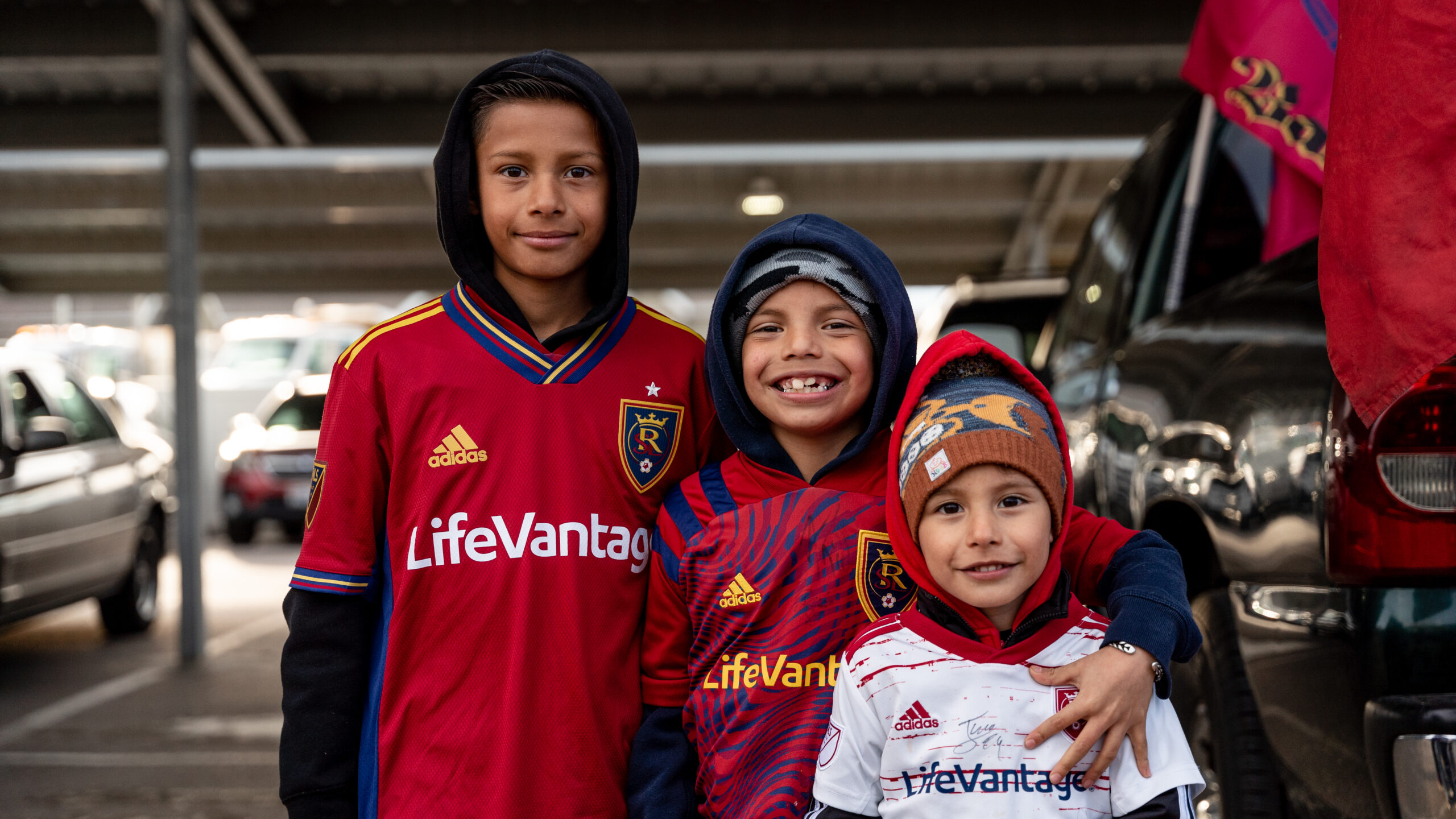Hockey 101: Path To The Pros
Apr 23, 2024, 2:19 PM

Photo: Mannek Family
SALT LAKE CITY – Now that the NHL is officially coming to Utah, Utahns are going to need to learn the details of hockey.
Let’s start with the path of an NHL or elite-level hockey player, which differs from that of most athletes.
It is common for a hockey player to leave home at 14 or 15 to pursue higher levels of competition. The “Utah to Colorado Train” refers to most high-level players from Utah moving to play Tier 1 hockey in Colorado. Trevor Lewis, Nick Halloran, and Garrett Metcalf played in Colorado before playing juniors (we’ll explain juniors as well).
So, let’s get started.
Early Development: Talented players often leave home at a young age, around 14, to pursue Tier 1 or AAA hockey, aiming to develop their skills.
Junior Hockey Leagues: Junior A hockey is a level of ice hockey played by young athletes, typically between the ages of 16 and 20. We’ll break down the leagues later.
Number of Games: Teams in Junior A hockey leagues play a regular season schedule of around 50 to 60 games, followed by playoffs for eligible teams.
Residency: Junior A hockey players often live with host families or billets within the community where their team is located. This arrangement allows players to focus on hockey while providing a supportive environment. The players become members of these families and typically develop lifelong bonds. Utah’s Mason Mannek played for the Portland Winterhawks of the WHL.
“My billets, the Adams Family, in Portland, were among the most amazing families I have encountered. They were nurturing and made me feel like their home was my own. I talk to them regularly, and they even drove from Portland to Utah for my wedding,” Mannek told KSL Sports.
Comparison of Leagues
USHL: The United States Hockey League (USHL) is the top Tier 1 junior league in the U.S., offering high-level competition and a pathway to NCAA Division I hockey. It is considered comparable to Canadian Junior A hockey leagues.
NAHL: The North American Hockey League (NAHL) is another prominent junior league in the U.S. that focuses on player development and prepares athletes for college hockey. It’s often viewed as a step below the USHL but still provides a competitive environment.
Canadian Junior Leagues: Similar to the leagues in the U.S., Canadian Junior Hockey has two levels, but both are considered tier 1.
Considered the best league in the world is the CHL or what is often called Major Junior Hockey. The CHL houses leagues within the league. The QMJHL, WHL, and OHL are all members of the CHL. The champions of each of these leagues compete for the CHLs’ Memorial Cup.
These leagues operate across Canada, including the CJHL, BCHL, AJHL, and others. They offer pathways for players to develop their skills and compete at a high level, with some leagues being more prestigious than others. The level of play can vary, but many Canadian Junior A leagues are known for their role in developing NHL prospects. Until recently, the fact that QMJHL, WHL, and the OHL paid their players a small stipend made the player ineligible for NCAA play after juniors. CHL teams countered this by offering tuition for their players after their junior careers.
Tier 3 Junior Hockey: This level in the United States represents amateur hockey below Tier 1 (USHL) and Tier 2 (NAHL). It typically involves players aged 16 to 20 and operates as a developmental league, offering opportunities for young athletes to refine their skills and compete at a high level.
Teams in Tier 3 leagues often participate in regional competitions and national tournaments, providing exposure for players looking to advance their careers in hockey. In the past, most of these leagues were also known as “Pay to Play” leagues, where the players paid all their expenses. The Ogden Mustangs and Utah Outliers are examples of Tier 3 junior hockey teams competing in leagues like the USPHL Premier a newly formed division in the United States.
These teams offer opportunities for young players to develop their skills, gain exposure to college scouts, and move up to higher tiers of junior hockey or collegiate-level play. These newer leagues have found ways to be more competitive with Tier 1 Juniors and are now tuition-free.
NCAA Eligibility: Players in American Junior Hockey leagues, like the USHL and NAHL, can still maintain eligibility for NCAA hockey, which is an attractive option for many aspiring players looking to pursue both their athletic and academic goals. NCAA hockey allows players to get an education and gain the “college experience” and allows them to age and further develop before starting their pro careers. Many NCAA hockey players start college when they are 21 years old, after their junior career.
With the NCAA’s ever-changing rules, it is believed that the CHL players will now be eligible to play NCAA hockey, which could significantly change the landscape of junior hockey.
NHL Draft Age: Players are draft eligible for the NHL at 18. However, some players may be eligible earlier if they meet specific criteria, such as playing in European leagues or exceptional status in junior hockey leagues. Players can also re-enter the draft if they haven’t signed with the team that drafted them after a few years. Like baseball, players are drafted young and allowed to keep playing for their junior or college teams.
After being drafted into the NHL, hockey players typically attend the team’s development camp, play in a rookie tournament, and train with the organization’s minor league affiliates. Players who require further development will either be sent back to their junior or college team or may start their professional careers in the ECHL, where they can gain experience playing against older and bigger players. ECHL rookies make a league minimum of $520 per week. Players are provided with an apartment they typically share with another player.
What Is The AHL?
The AHL is the primary developmental league for NHL teams. The AHL league minimum is just under $53,000 per season. Several players in the AHL are under NHL contracts and make well above the league minimum.
NHL entry-level contracts are the same for all first-round picks – three years at $950,000 annually. These contracts are known as “Two Way” or “NHL/AHL” contracts, where the player gets paid $95,000 while in the AHL.
The NHL has a league minimum wage of $750,000 annually.
And now, you understand a hockey player’s path to the pros.
Puck Report is a podcast all about Utah hockey, from interviews with NHL stars to which Grizzlies players are about to take the next step, Utah Puck Report has everything for a Utah hockey fan. Find it wherever you find podcasts or on KSLSports.com. The show is hosted by KSL Sports’ hockey insider, Jay Stevens. You can also follow us on Facebook and Instagram.

